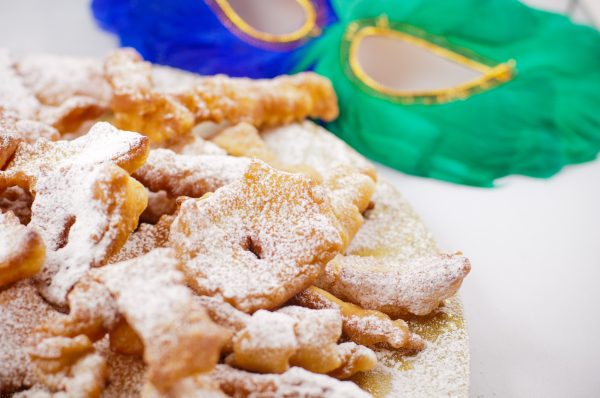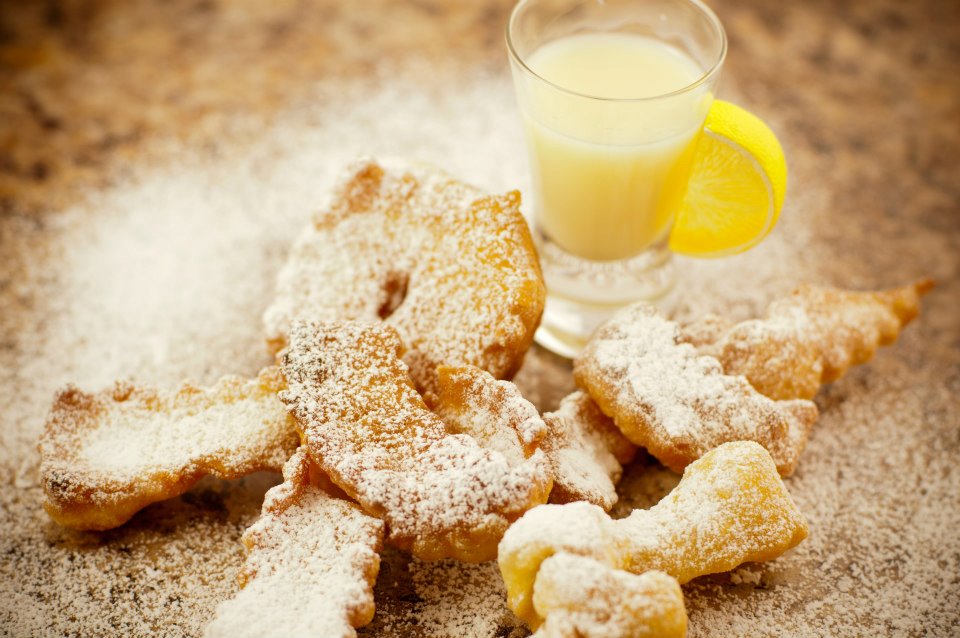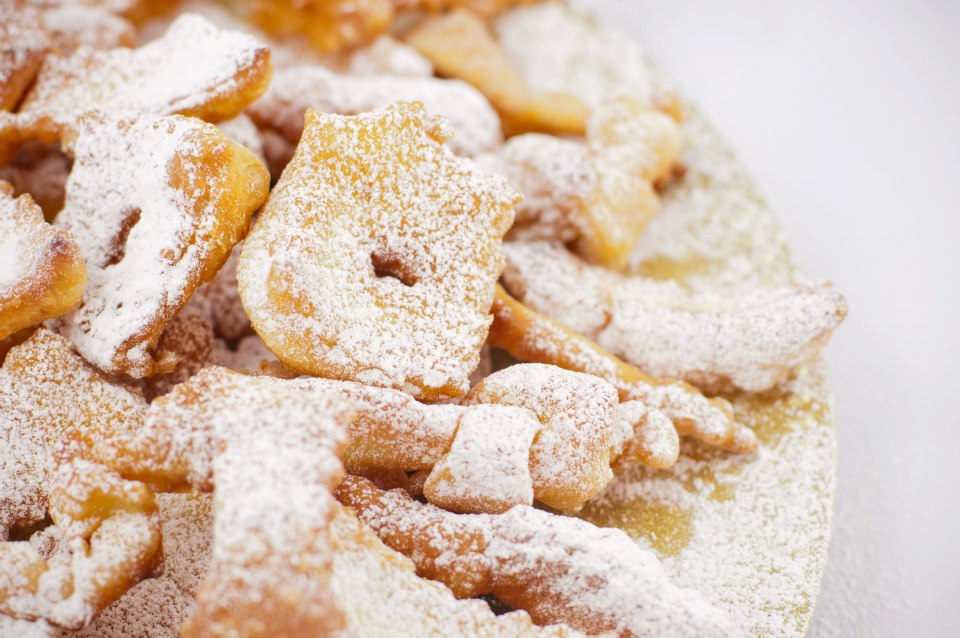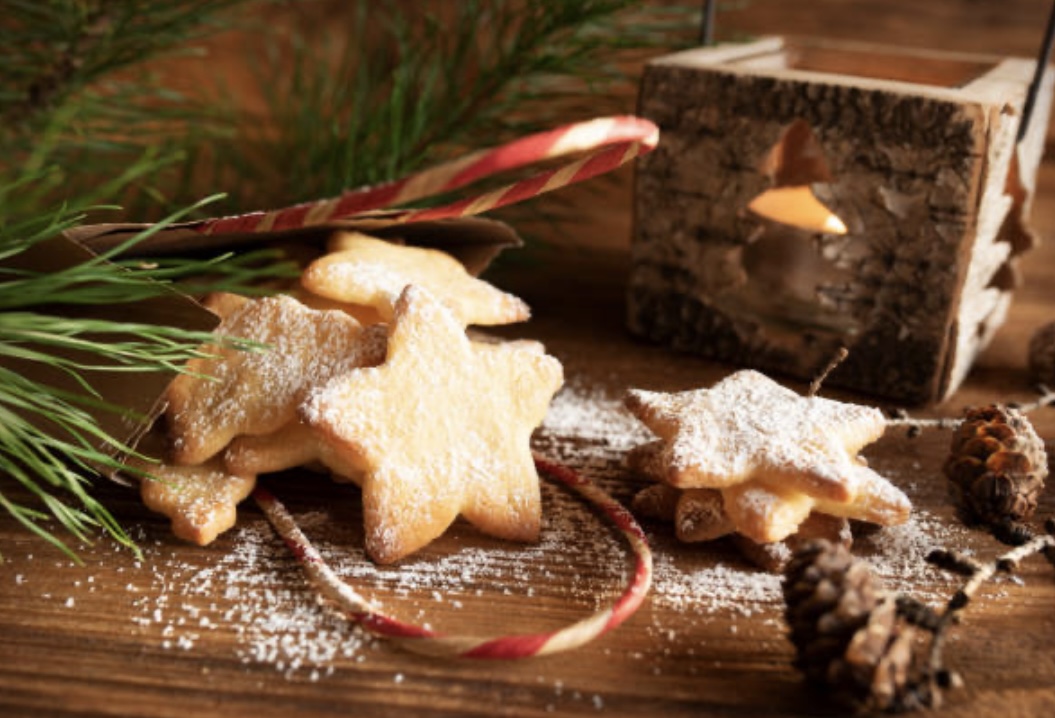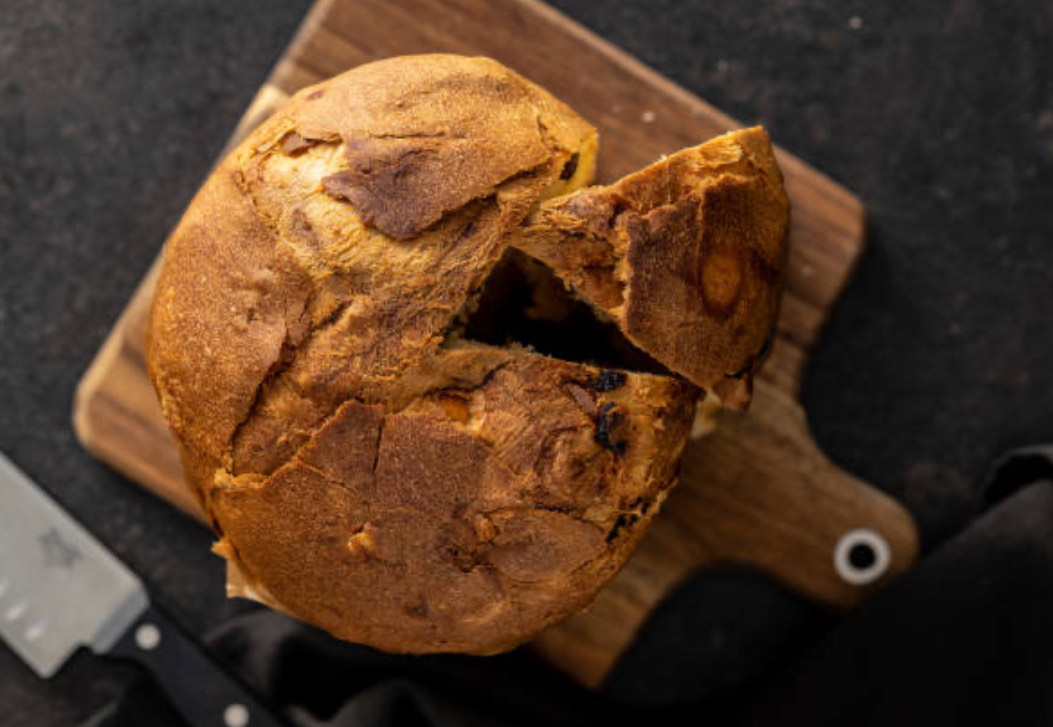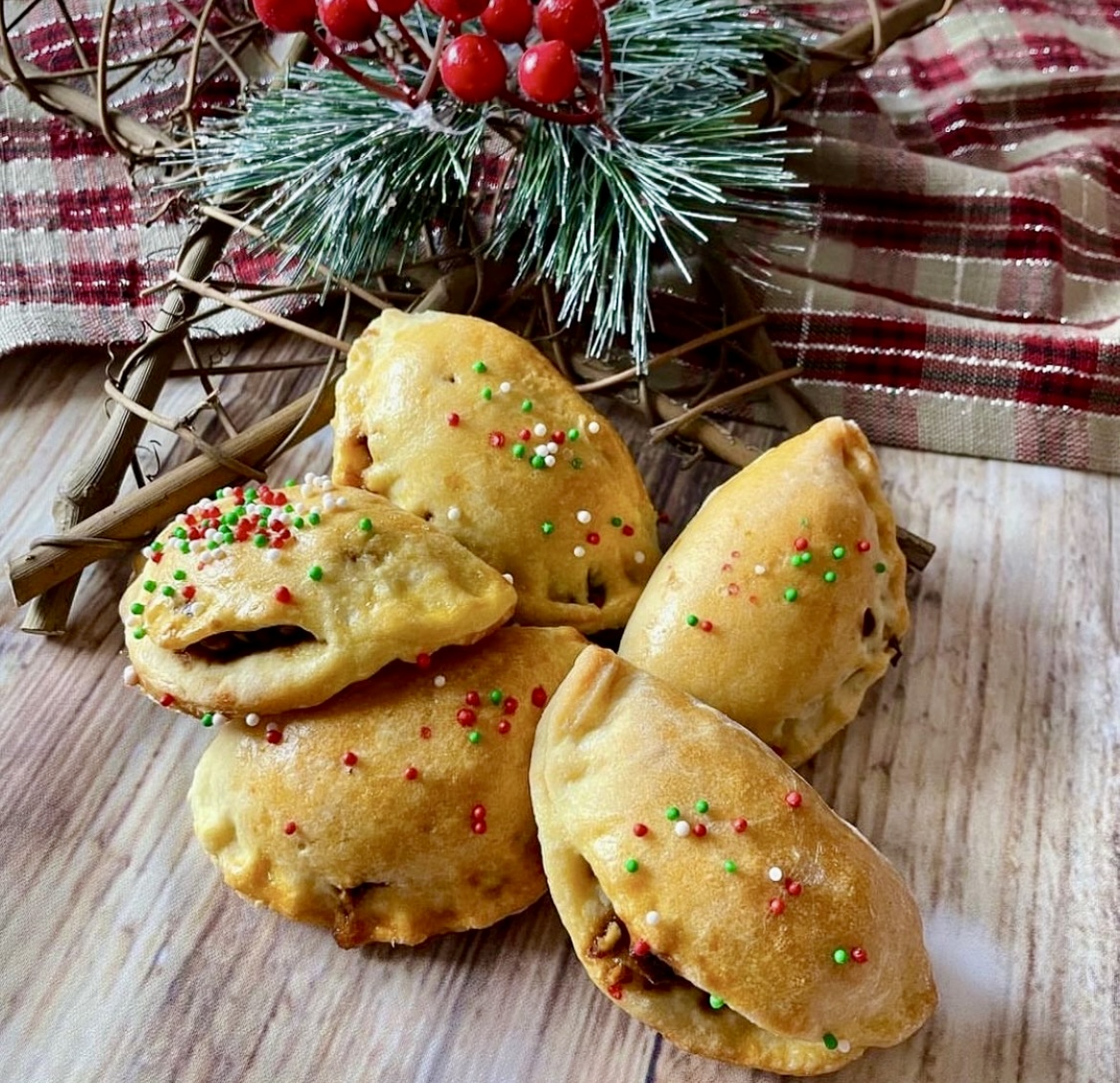Carnevale, a time of celebration and indulgence, where masquerades and merriment take precedence and when the expression “fare due chiaccherie” takes on a whole new meaning.
Many holidays in Italy are usually accompanied by culinary tradition, and Carnevale is no exception. During this mardi gras period in the peninsula, delightful sweet, crispy strips known as chiaccherie make their appearance in many pasticcerie and home bakeries. They are fried treats that go by many names and shapes throughout the bel paese. Their moniker translates to chit chat, perfectly suited to the delicious crunch they make when you bite into them, almost sounding like chatter.
Their origin dates back 200 years to ancient Rome, where during the Liberalia end-of-winter celebrations, fritters known as frictilia were made. These sweets fried in lard were indulgences that were meant to be enjoyed as part of the festivities honoring the gods and collective rituals of pleasure seeking. With the advent of Catholicism, the pagan festival was transformed into what we now know as Carnevale. While this holiday is no longer dedicated to honoring the gods of fertility and wine, it is still all about excess. It is an opportunity to party before Lent when the rigors of 40 days of fasting and sacrifice begin. The definitive word for this period is decadence which is why many of the foods prepared during the Carnival season are sweets and especially fritters. The most famous of these being the chiaccherie.
They go by many an alias: frappe (tassels) in Rome, cenci – (rags) in Tuscany, bugie (lies) in Piedmont, sfrappe in Le Marche, sfrappole in Emilia, nastri (ribbons), crostoli in Veneto, lattughe (lettuce), guanti (gloves) and many others. Variations of these crispy delights can be found in other European countries as well as in North America where they are known as ribbon cookies or angel wings. In fact, in some countries, it is tradition for husbands to give these cookies to their wives on Friday the 13th to avoid bad luck, in addition to enjoying them on Fat Tuesday. But no matter their descriptor, their recipe remains fairly constant. Northern Italian versions tend to use butter and spirits like Grappa for the dough, while in the south they use olive oil and Sambuca. They take on many forms, squares, sheets, strips, diamonds, knots and twisted ribbon like shapes. Sweet fried dough with the requisite dusting of powdered sugar; they are a sweet and simple indulgence, both delicious and addictive. What makes this timeless sweet truly heavenly is their light and crisp texture, which pairs beautifully with a coffee, sparkling wine, or bicchierino of liqueur (typically the same one used in the batter).
Chiacchiere Recipe
Ingredients (makes approximately 6 dozen cookies)
- 6 eggs (room temperature)
- 6 tbsp olive oil (plus additional olive oil for frying)
- 6 tbsp of sugar
- 4 cups flour (plus additional flour for kneading)
- 2 tsp baking powder
- ¼ of your favorite liqueur (rum, anisette, grappa, sambuca, limoncello)
- Powdered sugar for dusting
Directions:
Put the eggs, olive oil, liqueur and sugar in a bowl and beat well. Gradually add the flour and baking powder to make a soft dough. You will get a very soft and sticky dough.
Knead the dough with the addition of some flour until it is smooth and elastic. Form the dough into a ball, wrap it in dough and allow to sit in the refrigerator for at least 30 minutes (or overnight if possible).
Take the refrigerated dough and roll it out to about 1/8 to ¼ inch with a rolling pin. Cut the dough into strips using a knife or pastry tool, about 1 inch wide and 6 inches long, and shape them into bows.
Half fill a deep pot or frying pan with olive oil. When the oil is hot, add the bows and deep fry them on both sides until they are golden brown. Drain them on paper towel and sprinkle them with icing sugar. To keep them crispy store them in a paper bag.
Photos by Venus Gennaro of gennarino.ca Photography

